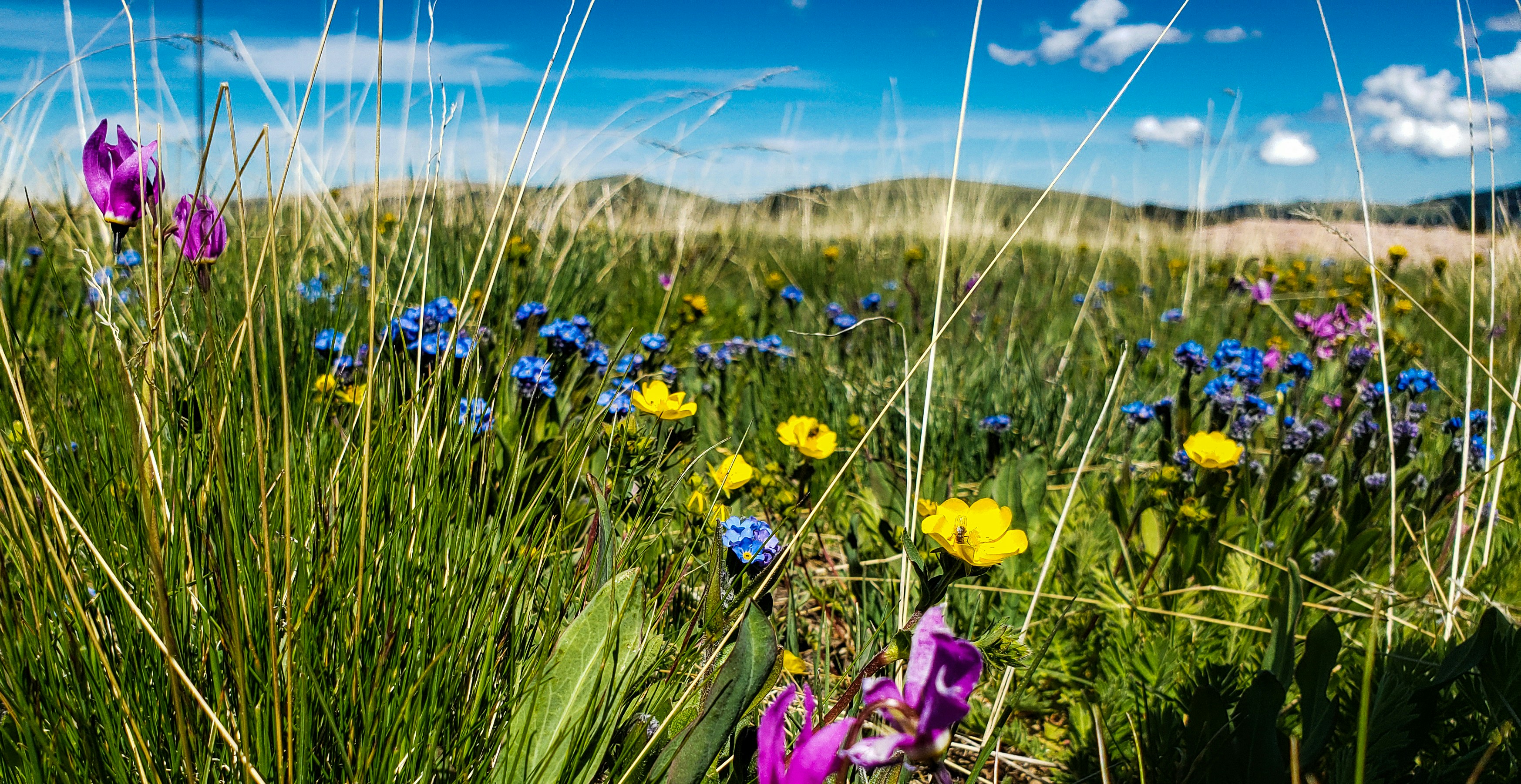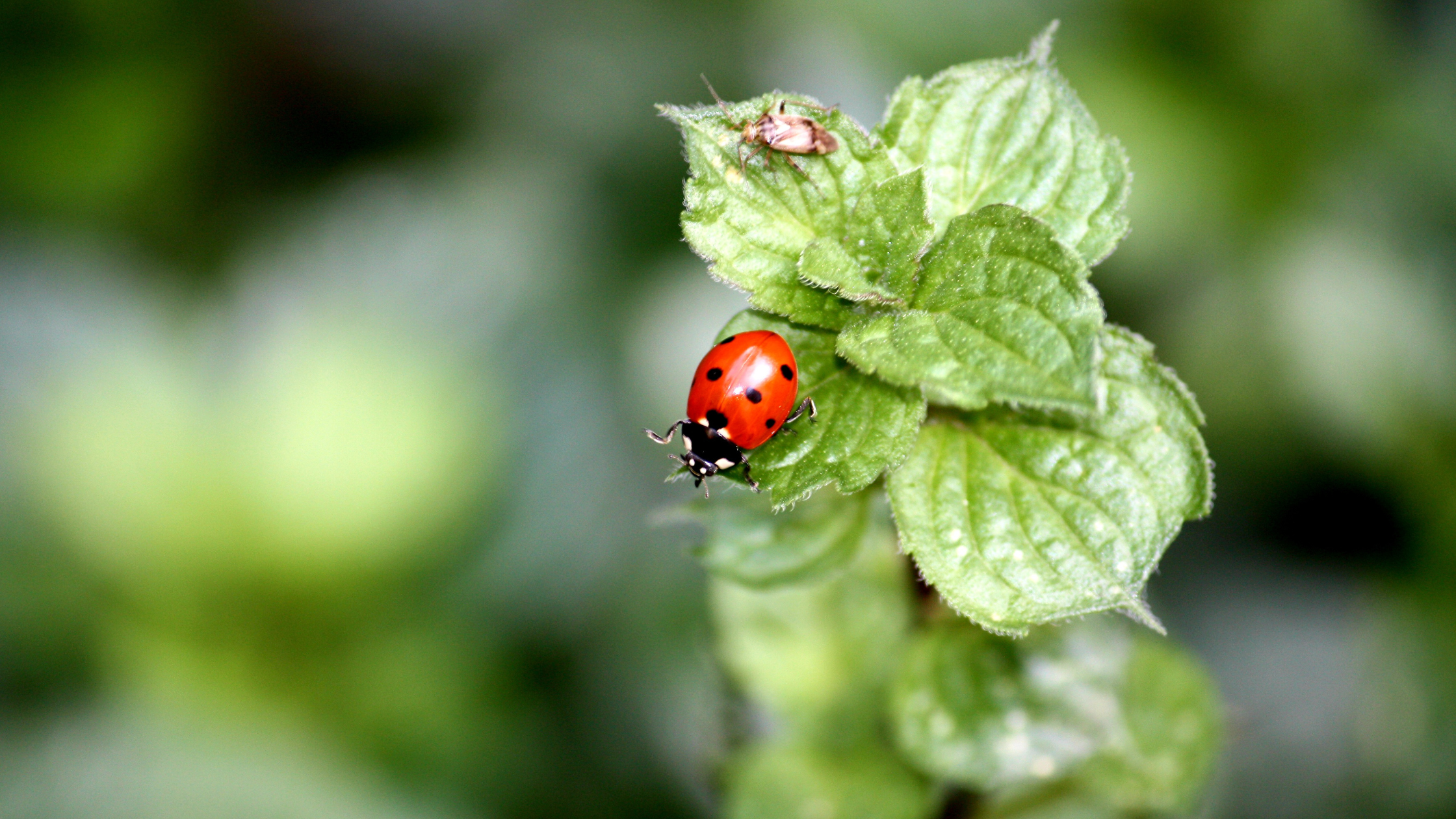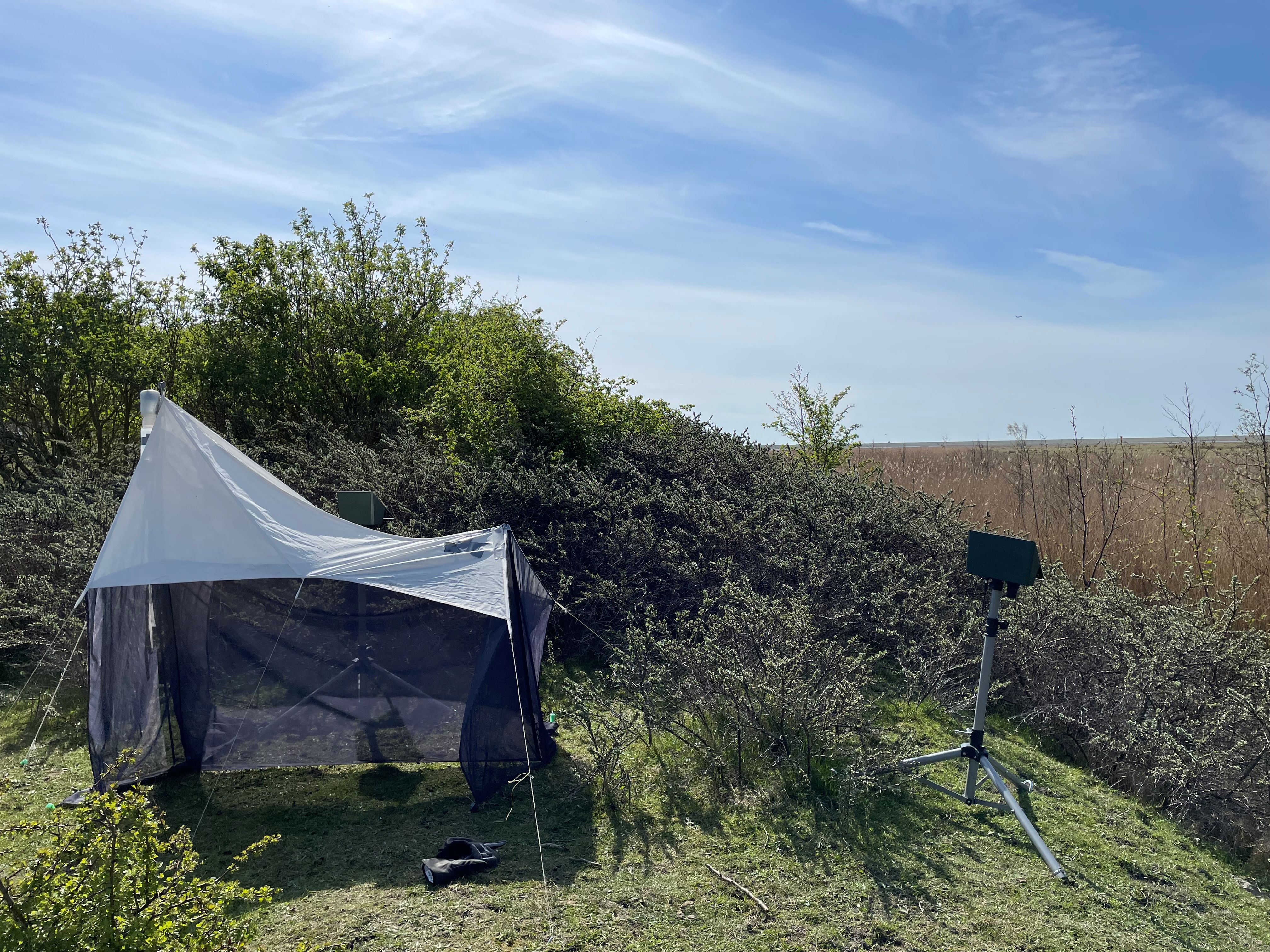Mainstream farming practices have taken a toll on soils, water, and biodiversity. Regenerative agriculture offers a path to restoration, often delivering visible improvements in soil health within just a few seasons. But one challenge persists: proving that these practices genuinely enhance nature.
For Canadian Organic Growers (COG), a national non-profit championing organic and regenerative farming, this question became central to their mission. Regenerative farming is seen as a foundation for the future of Canadian agriculture:
“Regenerative agriculture, especially when coupled with organic agriculture, is the best chance to rebuild the soils,”
- Dorthea Gregoire, Director of Education, Extension, and Outreach at COG.
Across Canada, farmers are already implementing initiatives to support biodiversity. Yet a key question remains: how can they demonstrate that their efforts to restore ecosystems are truly improving biodiversity? And how can businesses across the value chain communicate that progress with credibility?
“They [the farmers] don't always have the time to sit out in their field and see what the opportunities are or see what the impact of what they're doing has been,” says Dorthea.
For many farmers, the intent is clear, but the evidence is hard to capture. This challenge reflects a broader issue across the food system: measuring biodiversity consistently and turning that data into trusted insight.
A shared challenge across the food system
From multinational food brands to local cooperatives, the pressure to show measurable environmental progress is intensifying. Regulations such as the EU’s Corporate Sustainability Reporting Directive (CSRD) and the emerging Taskforce on Nature-related Financial Disclosures (TNFD) are pushing companies to quantify their impact on nature. At the same time, consumers are demanding evidence behind claims like sustainably sourced or nature positive.
Yet biodiversity, the foundation of all ecosystem services, remains notoriously difficult to measure. Traditional methods rely on manual field surveys that are costly, slow, and inconsistent across regions. This makes it difficult for organizations to establish reliable baselines, compare practices, or track improvements over time.
Partnering to bring biodiversity into focus
COG faced this challenge head-on through its Regenerative Organic Oats Program, a national initiative helping farmers transition to regenerative organic practices with the support of program and supply chain partners at Riverside Natural Foods, Nature's Path Organic Foods, and Bay State Milling. To show the true impact of these changes, COG needed a way to measure biodiversity improvements reliably, cost-effectively, and at scale.
COG was looking for a solution that could:
- Establish baseline biodiversity data across multiple farms.
- Provide continuous monitoring to track changes over time.
- Offer scientific credibility while reducing labour and cost barriers.
That’s when they found biodiversity monitoring and evolito’s solution, which measures flying insect activity and translates these signals into key metrics such as diversity, abundance, biomass, and Uplift over time.
.jpg)
Insects may seem like a small piece of the puzzle, but they underpin most agricultural ecosystems: pollination, nutrient cycling, pest control, and food webs all depend on them. Their responses to environmental change are rapid, making them one of the most sensitive ways to detect whether farmland is thriving or under stress. That’s why insects are powerful indicators of ecosystem health.
For COG, integrating these metrics into their programs represents a breakthrough. evolito provides a continuous, time-stamped view of biodiversity, data that not only establishes a baseline but also supports informed decision-making over time.
“One of the things I like about it [evolito’s solution] is it's not just a snapshot of what the biodiversity is on the day that we happen to be available to visit that farm, it's across the whole growing season. And we know that those trends will change across the season. So we can make it more representative, and we're hoping it's going to give us a lot more information that we can use to inform our decision making,”
- shared Dorthea.
Farmers, producers, brands and consumers
Farmers want to look at biodiversity and quantify it so they can demonstrate the benefits of their work, but they are also busy farming. The question is: how can we make it easier for them to measure biodiversity and showcase their impact?
Everyone across the food system has a role to play.

“Getting consumers more involved, invested, and educated in our food system benefits us all. Sustainable brands have the biggest direct voice to consumers because they are consumer-facing,” said Dorthea. “Brands have a huge opportunity to directly support and showcase farmers in that way.”
When brands use biodiversity data to tell authentic stories about the farmers behind their products, they not only strengthen consumer trust but also help finance and scale regenerative practices on the ground.
Biodiversity may once have been seen as an abstract or unquantifiable part of sustainability. Today, thanks to innovators like evolito and the vision of organizations such as COG, it is becoming a key performance indicator for nature-positive agriculture.








